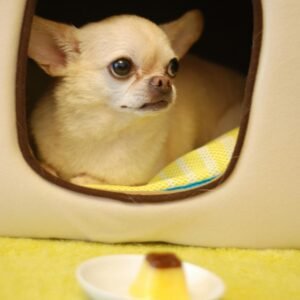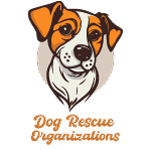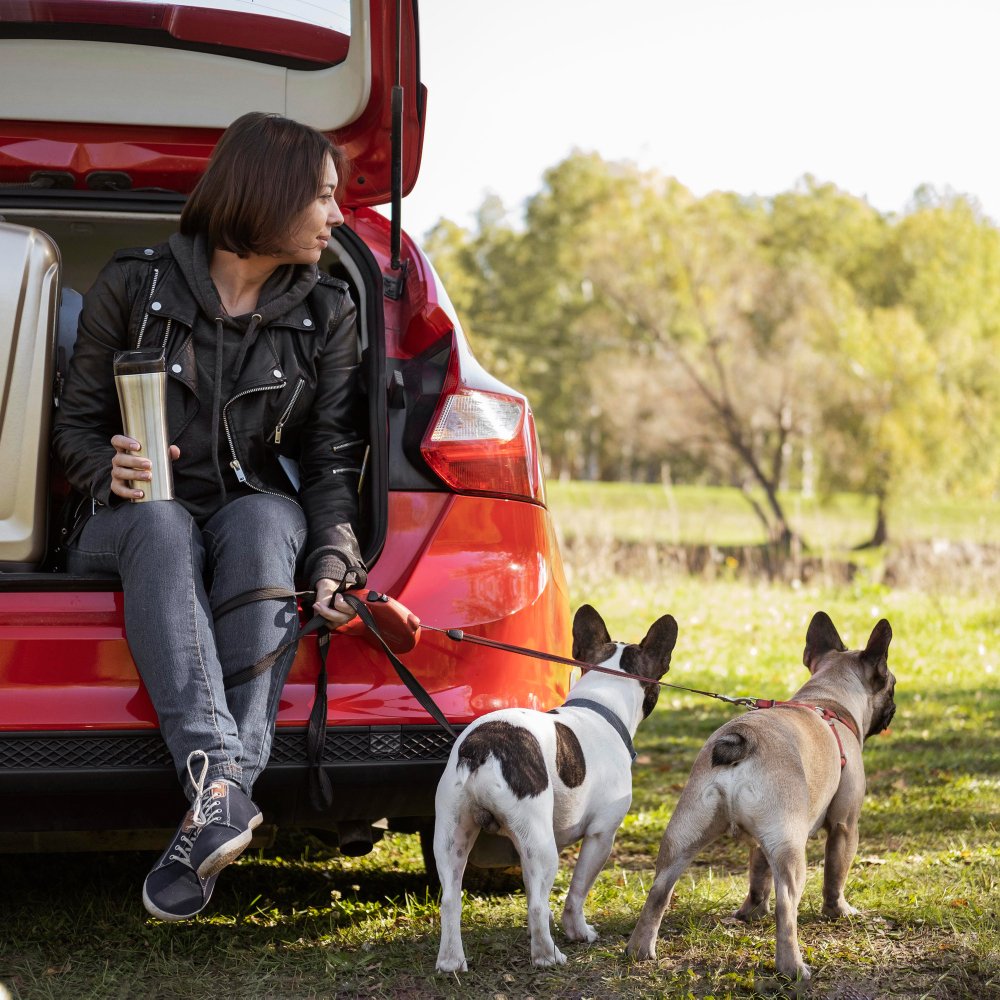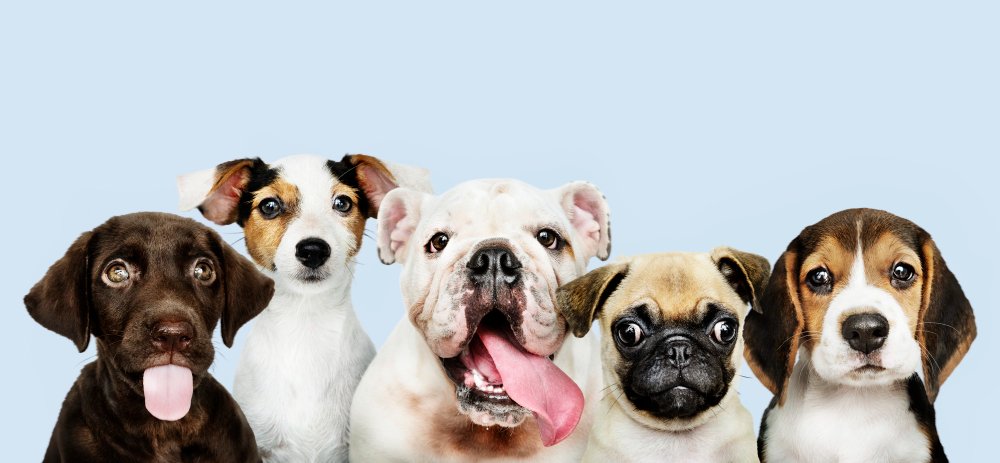Introduction
One of the best things about having a pet is training your dog. It keeps your pet friend safe and healthy and helps you build a strong bond with them. These top dog training tips for beginners will help you do the right thing whether you just got a dog or want to get better at training them.
Table of Contents
ToggleUnderstanding Your Dog
Know what kind of dog you have and how it acts.
Each dog breed has its own personality and set of traits. Knowing the specifics of your dog’s personality can help you train them in the best way. For example, breeds with a lot of energy, like Border Collies, need more mental and physical stimulation than breeds with less energy, like Bulldogs.
Building trust and relationships
Setting up a strong bond of trust with your dog is very important before you start training. Spend quality time together, play games, and ensure your dog feels safe and loved. A dog that trusts its owner is more likely to respond positively to training.
Setting Up for Success
Essential Training Supplies
Having the right tools can make teaching more effective. Essential items include:
A strong leash and collar
Training treats
A clicker (if using clicker training)
A cozy box
Chew toys
Creating a Safe Training Environment
Choose a quiet, distraction-free place for training lessons. This helps your dog focus on learning without being swamped by outward stimulation. As your dog grows, gradually introduce more distractions to teach them to accept orders in different settings.
Basic Training Principles
Positive Reinforcement
Reward-based teaching is one of the most effective ways. When your dog performs a desired action, give them with treats, praise, or playing. This motivates them to repeat the action.
Consistency is Key
Consistency is important in dog training. Use the same orders and payment method every time. Ensure all family members are on the same page to avoid confusing your dog.

Patience and Persistence
Training takes time and effort. Be patient with your dog and enjoy small wins. Persistent and regular training sessions will give the best results over time.
Teaching Basic Commands
Sit
The “sit” order is basic and a great starting point. Hold a treat close to your dog’s nose, then move your hand up, allowing their head to follow the treat and their bottom to lower to the ground. Once they’re sitting, say “sit” and give them the treat.
Stay
Start with your dog sitting. Open your hand in front of you and say “stay.” Take a few steps back. If they stay, reward them. Gradually increase the distance and time.
Come
Put your dog on a leash. Say “come” while gently pulling the leash towards you. When they come, reward them with treats and praise. Practice in a safe, protected area.
Down
Hold a treat close to your dog’s nose, then move your hand to the ground. Their body will follow the move, and they’ll lie down. Say “down” and give them the food once they’re lying down.
House Training
Crate Training
Crate training can help with house training. Make the crate a positive space with comfortable bedding and toys. Gradually increase the time your dog spends in the crate, ensuring they have regular bathroom breaks.
Establishing a Routine
Dogs thrive on routine. Establish normal eating, play, and bathroom times. Take your dog outside frequently, especially after eating, drinking, or waking up.
Dealing with Accidents
Accidents are part of the learning process. If you catch your dog in the act, stop them with a strong “no,” then take them outside to finish. Clean up mistakes thoroughly to remove any smell.

Socialization
Importance of Early Socialization
Early training helps your dog become comfortable with different surroundings, people, and animals. It’s important for their growth and behavior.
Introducing Your Dog to New Environments
Take your dog to various places like parks, pet-friendly stores, and different neighborhoods. This helps them get used to different sights, sounds, and smells.
Meeting Other Dogs and People
Arrange playdates with other dogs and bring people over. Supervise relationships to ensure they are good and controlled.
Leash Training
Choosing the Right Leash and Collar
Select a leash and collar that are comfy and appropriate for your dog’s size and strength. A harness can be a good choice for dogs that pull.
Techniques for Leash Training
Start in a low-distraction place. Reward your dog for walking beside you without pulling. If they pull, stop walking until they return to your side. Consistency is key.
Addressing Common Leash Problems
If your dog pulls, try “loose leash walking.” If they lunge at distractions, work on the “look at me” order to regain their attention.
Advanced Training Tips
Teaching Tricks
Once basic directions are learned, teaching tricks can be a fun way to continue training. Simple tricks like “shake,” “roll over,” and “play dead” can be taught using the same positive feedback methods.
Off-Leash Training
Off-leash training needs a strong return order. Practice in a safe, protected area until you’re sure your dog will come when called, even with distractions.
Obedience Classes
Enrolling in behavior classes can provide professional advice and an organized setting for training. It’s also a great way for your dog to connect with others.

Dealing with Behavioral Issues
Common Behavioral Problems
Common issues include barking, chewing, digging, and jumping. Understanding the root cause, whether it’s boredom, anxiety, or lack of training, is the first step to addressing these problems.
Techniques to Correct Unwanted Behavior
Redirect unwanted habits to more suitable tasks. For example, provide chew toys instead of having your dog chew on furniture. Use instructions and prizes to promote good behavior.
Seeking Professional Help
If behavioral problems continue, consider getting help from a professional dog teacher or behaviorist. They can provide personalized help and support.
Training for Specific Situations
Traveling with Your Dog
Train your dog to be comfortable in a car by taking short trips. Ensure they are safe, either with a strap collar or in a box.
Introducing a New Pet
Introduce new pets gradually and in neutral land. Supervise beginning encounters and provide plenty of good feedback.
Preparing for Vet Visits
Acclimate your dog to being touched and checked. Practice at home by touching their hands, ears, and mouth, and praising them for keeping quiet.
Training Tools and Aids
Clickers
Clicker training can be very effective. The clicker marks the exact moment your dog performs a desired behavior, making it easier for them to understand what is being rewarded.
Treat Dispensers
Treat boxes can keep training fun and interesting. Use them to treat your dog for good behavior or to keep them busy during training lessons.
Training Apps and Online Resources
Numerous apps and online sites offer training tips and lessons. These can be a great addition to your training routine, offering new ideas and techniques to try with your dog.
Staying Motivated
Celebrating Small Wins
Training can be a long process, but enjoying small wins can keep you and your dog focused. Every time your dog learns a new command or improves their behavior, acknowledge and reward their progress.
Keeping Training Sessions Fun
Make training enjoyable by incorporating play and positive interactions. Use high-value treats, toys, and lots of praise. If training feels like a game, your dog will be more eager to join.
Overcoming Training Plateaus
It’s normal to hit plateaus during training. If progress stalls, try breaking orders into smaller steps or changing the training setting. Keep lessons short and end on a good note to keep energy.

Conclusion
Training your dog is a process that takes care, consistency, and love. By knowing your dog, setting up for success, and using positive feedback, you can teach your dog important skills and create a peaceful living environment. Remember, every dog is unique, so tailor your teaching method to fit your dog’s needs. Keep enjoying small wins and stay encouraged throughout the process. Happy training!
FAQs
Training sessions should be short and frequent, ideally 10-15 minutes, to keep your dog engaged and prevent boredom. Multiple sessions throughout the day can be more effective than one long session.
If your dog isn’t reacting, rethink your teaching methods. Ensure you’re using high-value awards, keeping stability, and making a distraction-free atmosphere. Patience and determination are key, but if problems continue, consider contacting a professional teacher.
Yes, older dogs can be taught. While it may take a bit more time and care compared to teaching a baby, older dogs can learn new tricks and orders. Positive feedback and regularity are important.
Small, soft, and tasty treats work best for teaching. Choose treats that your dog loves and that are easy to eat quickly, so they can get back to focusing on the training. Treats should be healthy and not make up more than 10% of your dog’s daily calorie intake.
To teach your dog to stop barking, find the cause of the barking and fix it. Use words like “quiet” or “enough,” and treat your dog when they stop barking on demand. Consistency and positive feedback are key to stopping excessive barking.





One thought on “Top Dog Training Tips for Beginners”